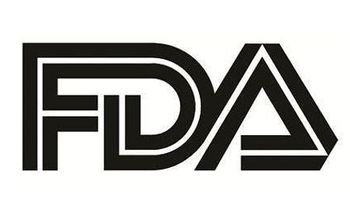
Type 2 Diabetes Office-Visit Checklist: Key Clinical Tool for Primary Care Physicians
This type 2 diabetes office-visit checklist tracks A1c, lipid, and blood pressure goals, and lets you monitor regular labs, exams, and diabetes education.
As the number of people with type 2 diabetes (T2DM) continues to grow, the burden of caring for them rests ever more heavily on the primary care provider. Time-limited clinical visits challenge physicians to effectively manage T2DM patients who typically suffer from multiple comorbidities, require regular monitoring, and who need ongoing education to guide appropriate self-care. Clinical guidelines are available (1) but it can be easy to overlook the basic aspects of care for these complex patients while keeping up with the daily clinic schedule and keeping track of guideline revisions.
Studies have found that clinic-based interventions, such as diabetes practice aids and flow sheets, used in primary care, improve adherence to guideline-recommended standards for diabetes assessment and treatment. (2,3) The checklist provided here (click on PDF below) was developed to help increase adherence to the current standards of care while optimizing the time in a short office visit. The document can be incorporated into electronic or paper charts to keep essential information in one place for quick reference and to allow maximum appointment time for the patient’s overall concerns.
The format lets you quickly identify and prioritize ADA guideline-recommended areas for further attention and to set up timelines for monitoring. The idea of flow sheets, grade cards, and other diabetes aids is not novel; however this checklist reflects the most current American Diabetes Association guidelines(1) and includes recommendations for patients with T2DM established by the CDC and the Adult Treatment Panel III. FDA guidance on use of statins is also noted.
References:
1. American Diabetes Association. Standards of Medical Care in Diabetes-2012. Diabetes Care. 2012;35(suppl 1):S11-S63.
2. Kirkman SM, Williams SR, Caffrey HH, et al. Impact of a program to improve adherence to diabetes guidelines by primary care physicians. Diabetes Care. 2002;25:1946-1951.
3. Hahn KA, Ferrante FM Crosson JC, et al. Diabetes flow sheet associated with guideline adherence. Ann Fam Med. 2008;6:235-238. Accessed May 14, 2012.
Newsletter
Enhance your clinical practice with the Patient Care newsletter, offering the latest evidence-based guidelines, diagnostic insights, and treatment strategies for primary care physicians.


























































































































































































































































































